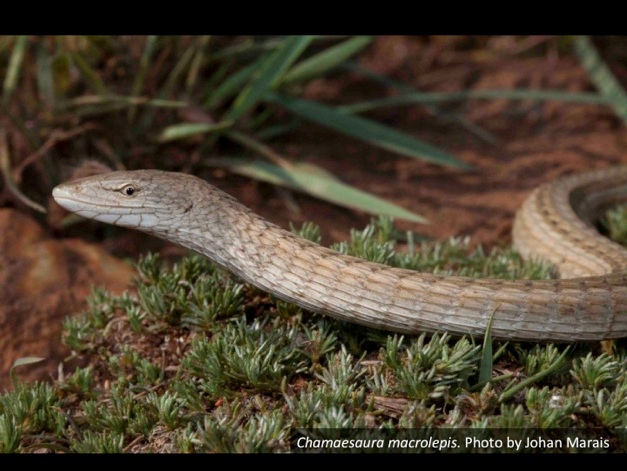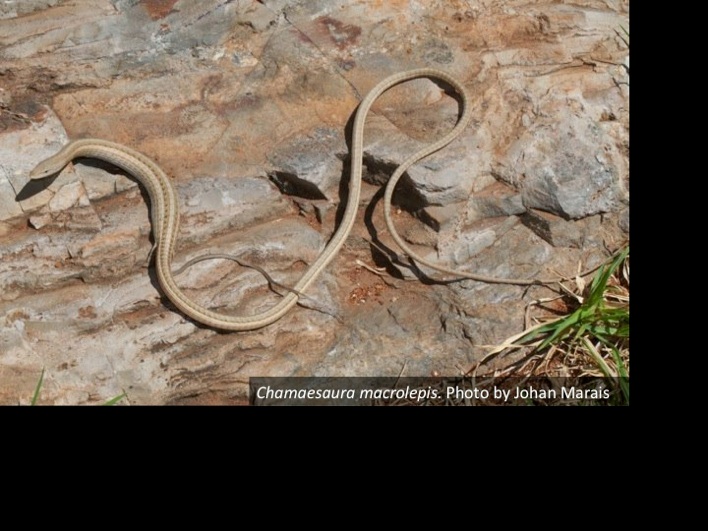Common names: Grass Lizards, Snake lizards
Number of species: Four (two subspecies)
Habitat: Grasslands
Distribution: Disjunct in grasslands of Southern and eastern Africa from South Africa to Angola, Democratic Republic of Congo, and Tanzania
Reproduction: viviparous (1- 17 offspring)
Diet: Insectivorous
Content:
C. aenea (Fitzinger, 1843).
C. anguina anguina (Linnaeus, 1758)
C. anguina oligopholis Laurent, 1964,
C. tenuior Günther, 1895,
C. macrolepis (Cope, 1862),
C. miopropus (Boulenger, 1894)






